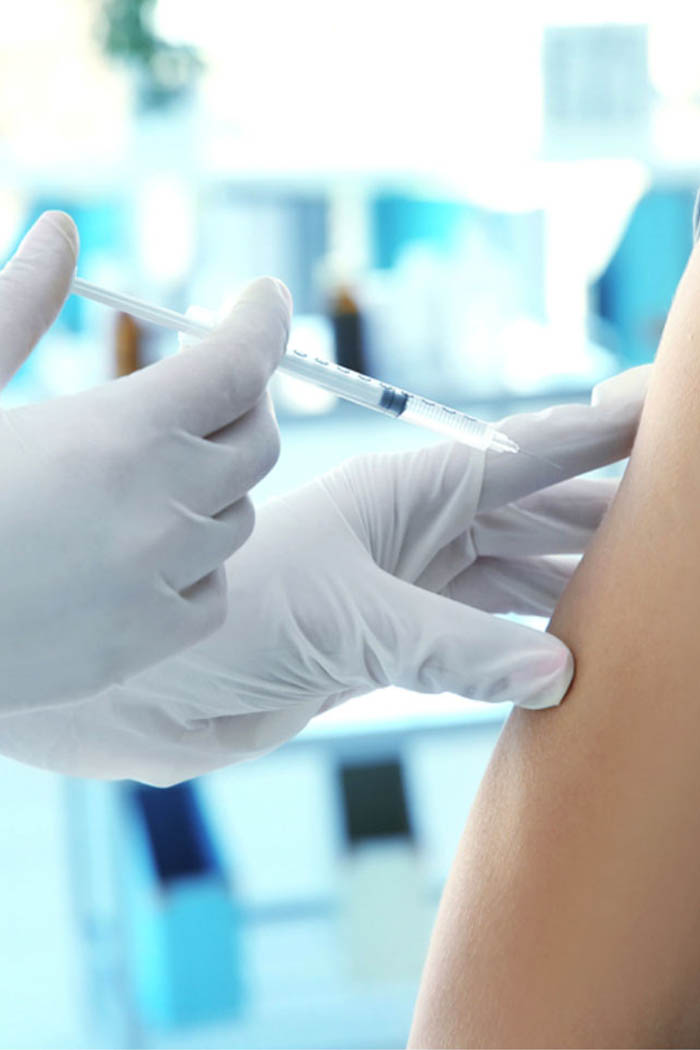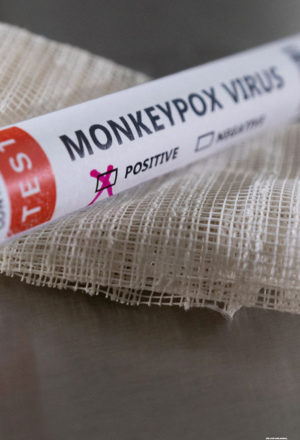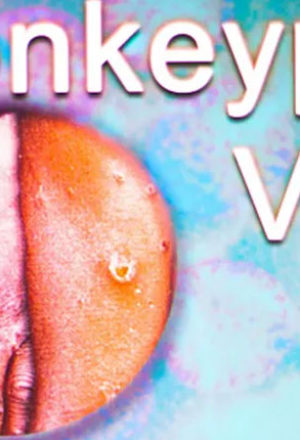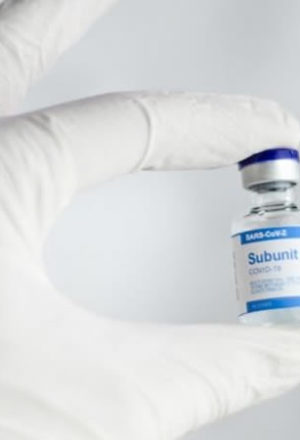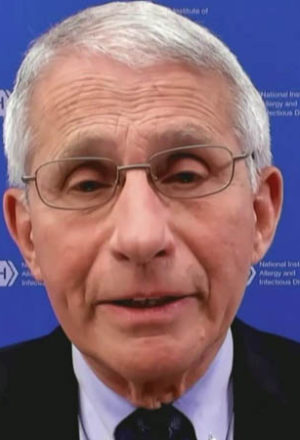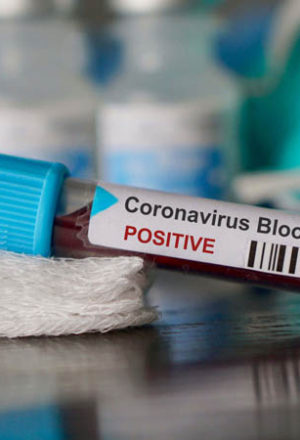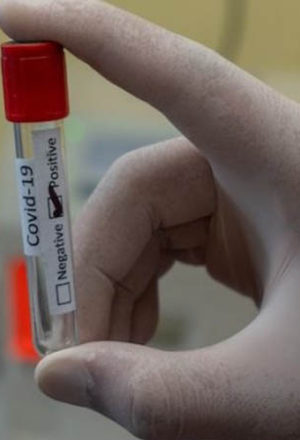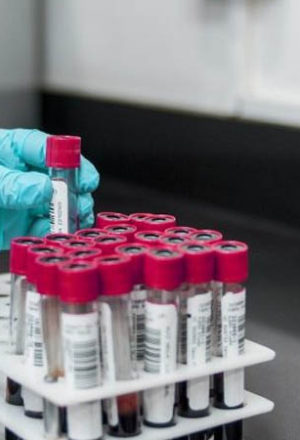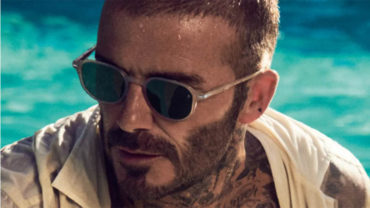All this in a vain attempt to figure out if I had been injected with a placebo or the real thing.
The use of the placebo in medicine was a huge advance because it helped eliminate bias that can skew the results of drug research and contribute to ineffective or unsafe products getting on the market.
But not all placebos are foolproof.
In clinical trials of pain treatments, people may suspect they did not get the real thing if their pain doesn’t get better or if they don’t feel the narcotic buzz that can occur with an opioid. In trials of smoking cessation treatments, people may be suspicious if their urge to smoke doesn’t subside.
For COVID-19 vaccines, a possible telltale sign that the person got a placebo is if they did not have a reaction such as a slight fever, a little achiness, headache or a sore arm.
This little quirk in COVID-19 vaccine science, it turns out, is no small matter. There now are likely to be tens of thousands of people like me who volunteered for a COVID-19 vaccine clinical trial and who suspect they got a placebo.

